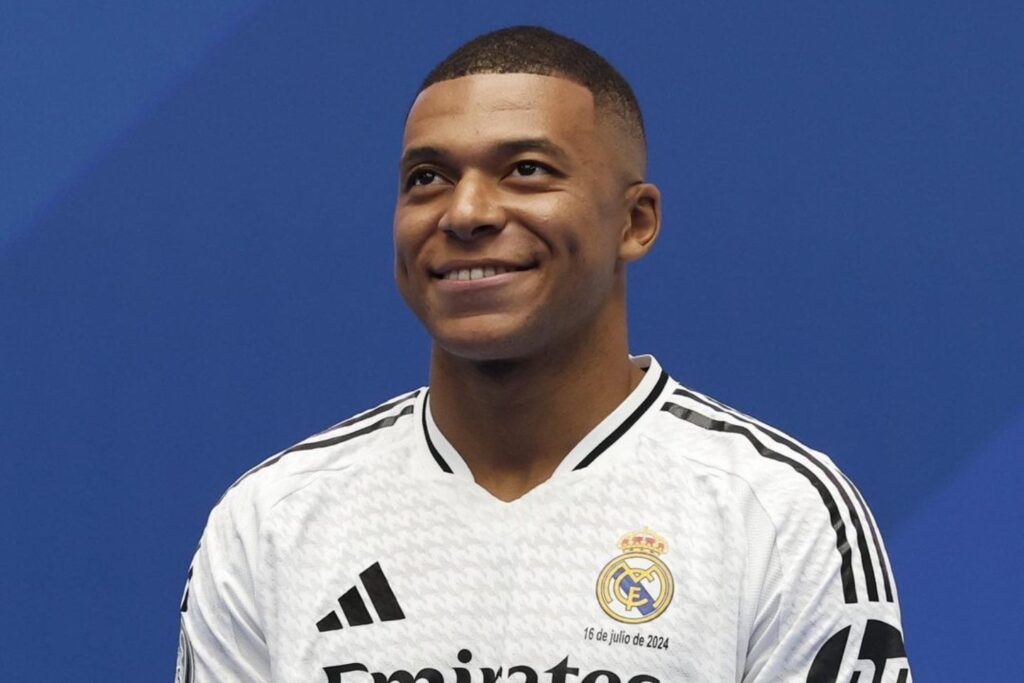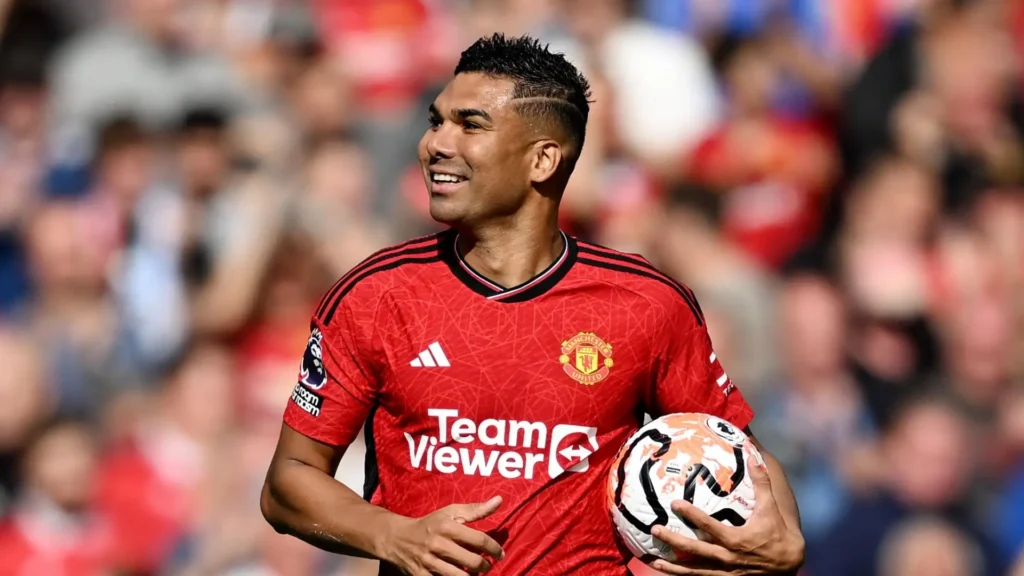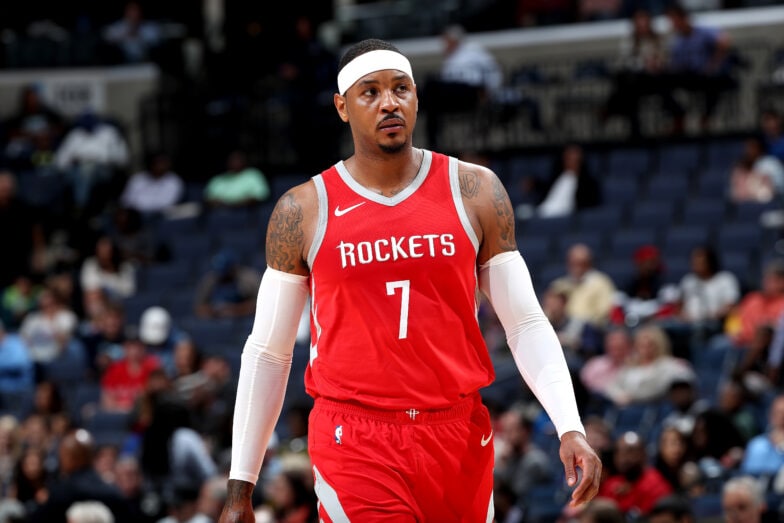The Milwaukee Bucks made headlines with what many are calling the most reckless move of the 2025 NBA free agency: waiving and stretching Damian Lillard’s contract to make room for Myles Turner. In doing so, the Bucks parted ways with one of the most dynamic guards in the league—still owed $113 million over the next two seasons—and took on the largest waive-and-stretch in NBA history. This decision allowed them to offer Turner a four-year, $107 million deal, but at the cost of long-term financial flexibility, team stability, and possibly their relationship with franchise cornerstone Giannis Antetokounmpo.
By applying the NBA’s stretch provision to Lillard’s remaining contract, Milwaukee now faces a $22.6 million dead cap hit annually through 2030. According to ESPN’s Bobby Marks, this is nearly three times larger than the previous record set by Charlotte when it waived Nicolas Batum. The stretch provision, which allows teams to waive a player and spread the cap hit over twice the remaining years plus one, is rarely used on deals of this magnitude. And now, Milwaukee is locked into paying for a player no longer on the roster for half a decade—a decision rival executives have called “reckless” and a “desperation move.”
Financial consequences of Bucks’ historic waive-and-stretch
The financial consequences of this decision extend far beyond the present. With Lillard’s contract on the books, the Bucks’ ability to maneuver in future free agency periods or make mid-season trades is severely limited. This is especially concerning for a franchise under pressure to win now. Giannis Antetokounmpo has been vocal about wanting to contend for multiple championships and was reportedly in favor of keeping Lillard. The front office’s decision to cut ties with the seven-time All-Star without securing a comparable offensive replacement could irreparably damage their relationship with their two-time MVP. Losing the trust of a superstar in his prime—especially one who has already expressed his intent to monitor the team’s competitiveness—could be the first step toward another superstar exit.
Lillard’s departure leaves a massive hole on the court as well. Last season, he averaged 24.9 points, 7.1 assists, and 4.7 rebounds while shooting 38% from three. His ability to draw double teams and create shots for others was a core part of Milwaukee’s offense. While Myles Turner brings rim protection and spacing, his impact can’t replace Lillard’s offensive firepower or late-game shot creation. The Bucks now enter the 2025-26 season with a glaring void in their backcourt and no clear plan to fill it.
Milwaukee’s gamble becomes even more questionable when considering Turner’s role in the Bucks’ early playoff exits over the past two seasons. As the anchor of Indiana’s defense, Turner helped eliminate Milwaukee in the first round both years. However, that same Pacers team reached the NBA Finals and looked like an Eastern Conference powerhouse until Tyrese Haliburton’s Achilles injury and Turner’s unexpected departure changed everything. The Bucks, seeking redemption and a reset, lured away Turner, believing a fresh frontcourt pairing with Giannis could propel them back into contention.
https://t.co/lKpzfm4MUT #nba #FearTheDear The Milwaukee Bucks proudly celebrate the fifth anniversary of their 2021 NBA Championship victory, a momentous occasion that saw the franchise claim its first title in five decades. Giannis Antetokounmpo, the face of the franchise,…
— QWIKET NBA (@qwiket_nba) July 3, 2025
Yet the Bucks already had a functional frontcourt, anchored by Brook Lopez, who signed with the Clippers shortly before Turner’s deal was finalized. Lopez and Turner posted nearly identical numbers last season, but Turner, eight years younger, will now earn three times as much. Milwaukee essentially replaced one floor-spacing big with another—at a higher cost and with the added burden of paying Lillard’s dead salary. In effect, they will be spending over $50 million per year between Turner’s contract and Lillard’s stretched cap hit for the foreseeable future.
Even if Turner flourishes alongside Giannis, the Bucks’ window to contend may have narrowed. The loss of draft capital in recent years and the lingering financial weight of Lillard’s deal mean Milwaukee lacks the tools to make further upgrades. Additionally, if the team fails to meet expectations again, Antetokounmpo could begin seriously considering a new path elsewhere—one with a more stable and forward-thinking organization.
This gamble also shook the landscape of the Eastern Conference. Indiana, now missing its longest-tenured player, takes a major step back despite reaching the Finals. Their sudden fall shifts the balance of power toward teams like the Cleveland Cavaliers, New York Knicks, and a reloaded Atlanta Hawks roster. Milwaukee, banking on Turner’s arrival to offset Lillard’s absence, has thrust itself into a high-risk, high-reward scenario—without the flexibility to pivot if things go south.
Once the stretch provision is used, there’s no going back. The Bucks can’t trade the dead money or restructure it. That $22.6 million annual hit is stuck until 2030. It’s a long-term sacrifice made in the name of immediate improvement, but without Lillard’s shot creation, the team may find itself further from a title than ever before. Milwaukee entered free agency hoping to make a statement. Instead, they made history—for all the wrong reasons.










